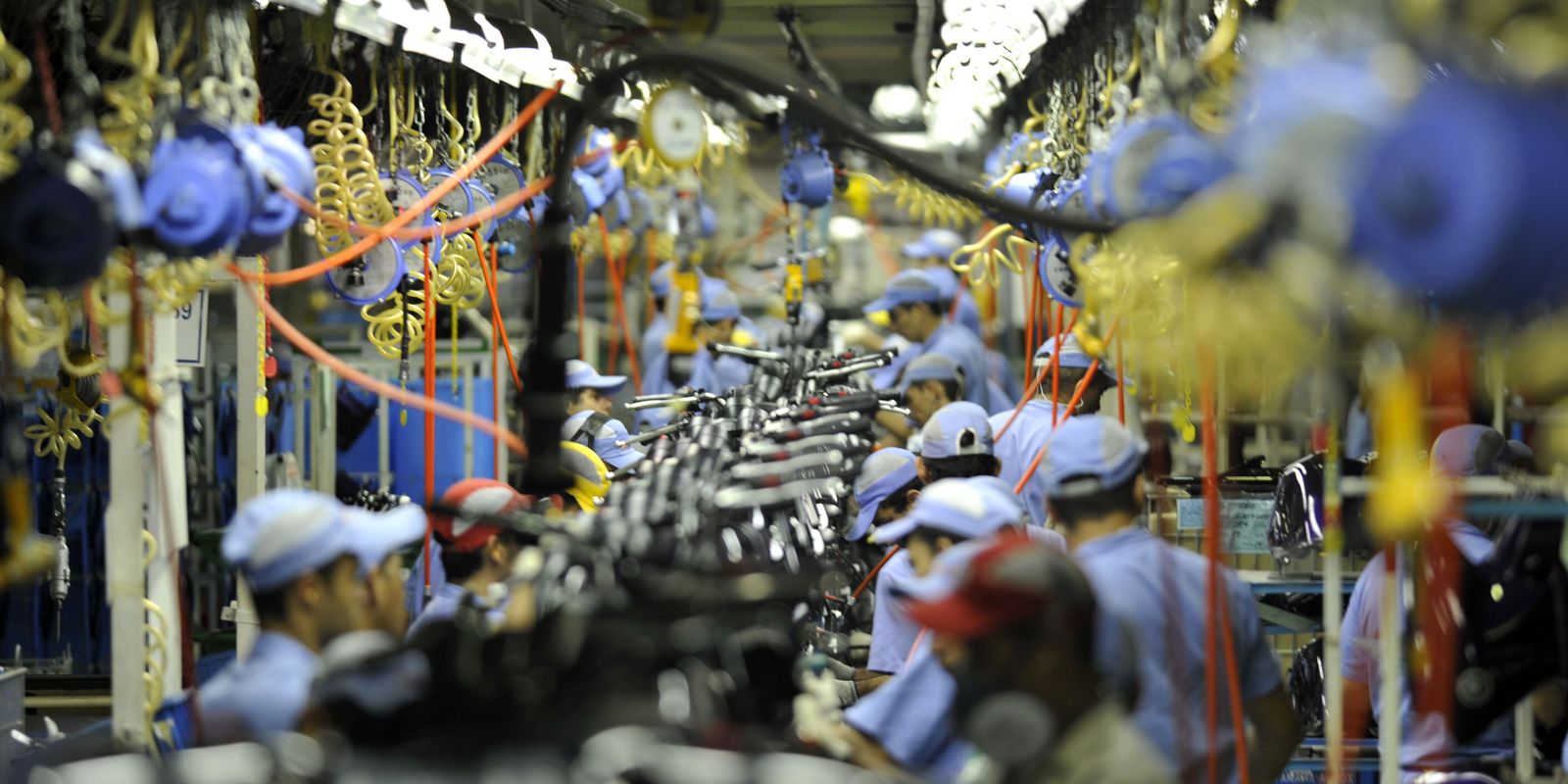The unemployment rate recorded in the quarter ending in July of this year (6.8%) is the lowest since the quarter ending in December 2014 (6.6%). It is also the lowest for a quarter ending in July since the beginning of the historical series of the Continuous National Household Sample Survey (Pnad). The data from the Continuous Pnad were released this Friday (30) by the Brazilian Institute of Geography and Statistics (IBGE).
The drop in the rate in July was driven both by the reduction in the unemployed population, that is, those people who are looking for work, and by the increase in the employed population. The number of unemployed people fell by 9.5% compared to the previous quarter (ending in April) and by 12.8% compared to the quarter ending in July last year, reaching 7.4 million people, the lowest level for the period in the historical series.
The employed population, that is, those who are working, reached the highest value for the period in the historical series: 102 million people. There were increases of 1.2% in the quarter (1.2 million more workers) and 2.7% in the year (2.7 million more people).
The employment level, which represents the percentage of people working, in relation to the total number of people of working age, reached 57.9%, an increase in relation to the previous quarter (57.3%) and the previous year (56.9%).
According to the IBGE, part of the job creation was observed in the informal sector. The total number of people working informally reached 39.45 million in the quarter ending in July of this year, the second highest level in the historical series, only below that observed in December of last year (39.53 million).
The number of informal workers grew 1.1% compared to the previous quarter and 1.3% compared to July last year.
“But unlike other times when informality was a protagonist in the growth process of the employed population as a whole, in recent quarters, despite its growth, the participation of informality in the total growth contingent [da ocupação] is a little smaller. The employed population as a whole grows more than informal employment”, explains IBGE researcher Adriana Beringuy.
Formal employment therefore represents the majority of job creation in July, whether through public employment or through private sector employment with a formal employment contract or self-employment with a CNPJ. According to Adriana, this represents a better quality of the labor market.
“A formal employment contract brings a series of prerogatives and rights to the worker. And even the independent worker or employer, as long as he has this registration in the CNPJ, the way he transacts in the market, such as issuing invoices and being hired as a service provider, gives him better conditions to offer his work”, says the researcher.
Compared to April, the sectors that generated jobs were public administration, health and education (3.2%) and commerce (1.9%). No activity had a significant loss in the number of employed people.
“Many activities, despite not having achieved statistically significant growth, show a pattern of worker retention,” highlights Adriana.
According to Adriana, one of the explanations for the improvement in the job market would be the increase in workers’ income, which brings with it an increase in consumption and the consequent demand for more workers.
Despite not having grown from April to July, the average real income of workers rose 4.8% in the year and reached R$3,206.
The usual real income mass grew 7.9% in the year and reached the volume of R$ 322.4 billion. And as there was an increase in the number of employed people from April to July, the mass also grew in the period (1.9%).
The underutilized population, that is, those who are unemployed or who could work more than they do, stood at 18.7 million people, the lowest level since the three-month period ending in December 2015 (18.6 million), with falls of 6.9% in the quarter and 7.8% in the year.
The discouraged population, made up of those who would like to work and were available, but did not look for work for various reasons, stood at 3.2 million, the smallest contingent since the quarter ending in June 2016 (3.2 million), falling 7% in the quarter and 12.2% in the year.


















